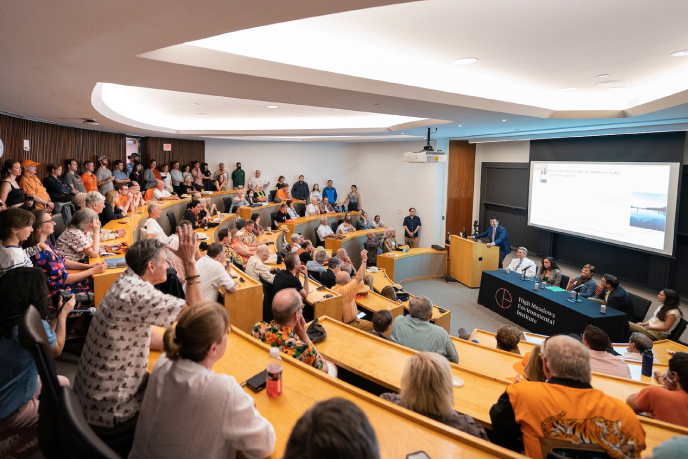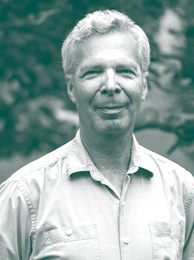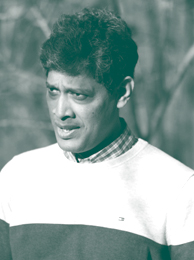Endemic Fluorosis in Rural Villages of Northeastern India: Development of a Robust Water Treatment Technology
2009-10 Seed Grant
The goal of this project is to develop and deploy a simple and robust technology to remove fluoride from drinking water in impoverished villages in India, where, as in many other parts of the world, dental and skeletal fluorosis is a widespread problem. Once excess fluoride, ingested via drinking water, deforms bones or teeth, they remain deformed for life.


Jaffe and his team believe that an apatite based filter is the simplest and most appropriate method of removing fluoride from well water, and that the filters can eventually be manufactured in the affected villages. After testing different methods to synthesize apatite (hydroxyapaitite), Jaffe and his team found that the addition of clay improves the apatite integrity at lower firing temperatures, but it decreases its fluoride sorption capacity. Therefore they developed a new method to precipitate the hydroxyapaitite onto calcite particles. These calcite particles coated with hydroxyapaitite were able to remove the fluoride from water effectively, and were sufficiently granular to be usable as a filter media. The fluoride sorption properties and its sorption kinetics were characterized and an initial laboratory-scale filter was tested.Jaffe and his team are currently running larger-scale filters in the laboratory to determine operational parameters, and they are developing a numerical model that will allow them to to assess the performance of a full-scale filter and how best to operate it before implementing it in the field. In order to maintain the fluoride in the treated water at the desirable levels, their current filters will have to be replaced long before they have exhausted their fluoride removal capacity. They are also investigating different filter arrangements that will allow them to use the full sorption capacity of the hydroxyapaitite and hence require much less maintenance.
Their goal is to develop a filter that runs maintenance free for at least one month, and then to test it in a village school in Jharkhand, India, while also collecting health data. If this phase is successful, the team will then address the disposal of the spent apatite. It has the potential to be used as a fertilizer, but the team needs to understand to what degree, if any, fluoride might then enter the food chain.
Educational Impacts
Civil and Environmental Engineering Ph.D. student Hagar ElBishlawi will continue optimizing the filters, which turned out to be a more complex project than originally expected. Jointly with a visiting colleague (Sookyun Wang, from Korea), ElBishlawi will also develop the mathematical model.
Ph.D. candidate Luke MacDonald and undergraduate Maryanne Wachter worked on apatite synthesis, and MacDonald also conducted surveys at the Jharkand school jointly with collaborators from the Birla Institute of Technology.
Bridget O’Donoghue showed that mixing hydroxyapaitite with bees wax also worked (much better than with clay), although this may not be an economically feasible solution.
The precipitation of the hydroxyapaitite onto the calcite, which is very exciting, was done by Zhen Xu, a visiting doctoral student from the College of Environmental Science and Engineering at Tongji University. Zhen has also written the next manuscript, which is forthcoming.
The course “Environmental Engineering Laboratory” has been heavily impacted by this project.
Other Outcomes
The project has resulted in the following publication to date:
Macdonald, L.H., G. Pathak, B. Singer, P.R. Jaffé, “An Integrated Approach to Address Endemic Fluorosis in Jharkhand, India,” Journal of Water Resource and Protection, Vol. 03, No. 07, 2011, pp. 457-472, DOI: 10.4236/jwarp.2011.37056.
Participating Department
Collaborating Institutions
- Emerging Pathogens Institute, University of Florida Gainesville (Burton Singer)
- Birla Institute of Technology, (Gopal Pathak)
Participants
Graduate Students
- Hagar Elbishlawi
- Luke MacDonald
- Bridget O’Donoghue
- Zhen Xu
Undergraduate Students
- Nisha Rao ’12
- Maryanne Wachter ‘11






